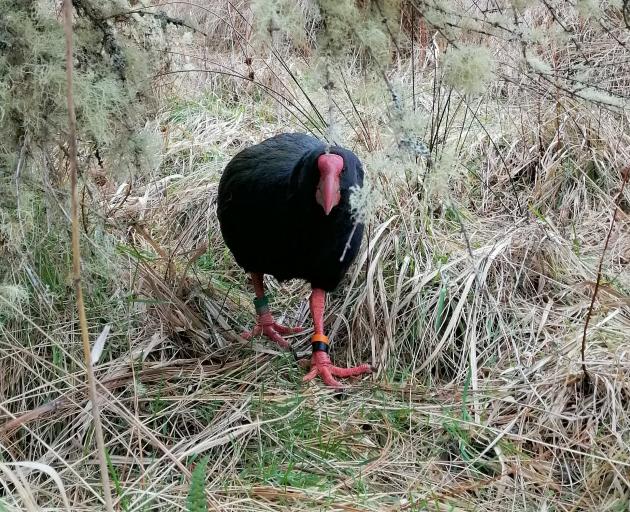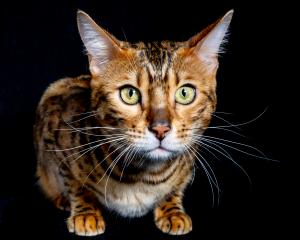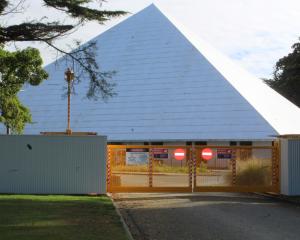
It was one of the largest cohorts to leave Mana Island in a year, as Covid-19 disruptions only allowed a single takahe to be transferred last year.
Takahe are a taonga of Ngai Tahu. After being presumed extinct for nearly 50 years, they were rediscovered in 1948.
Geoffrey Orbell, a physician from Invercargill, and his party found the last remaining wild population of the bird high in the tussock grasslands of the remote Murchison Mountains, above Lake Te Anau.
The recent transfers aim to keep genetics strong in the population and bolster numbers at the Department of Conservation’s recovery sites.
Conservation work is growing the total takahe population, now approaching a landmark 500 adult birds.
Four of the relocated takahe (Ru, Wai, Kahua and Riki) are juveniles who hatched on Mana Island last spring.
Another two (Heke and Tahu) are sub-adults who hatched in the 2020-21 season. They spent an extra year with their parents, helping raise their younger siblings.
Another bird (a male, Hori) will depart later this month to be paired with a young female from Burwood. They will be sent to Wairakei near Taupo as a future breeding pair.
Doc takahe sanctuary sites ranger Phil Marsh said the cohort was the culmination of several years’ work to improve the genetic stock on Mana Island.
"These young takahe are all going to the Burwood Takahe Centre ... where they will learn how to eat tussock and hypolepis with the big kids.
"Young birds are paired with older ‘tutors’ who show them how to forage for these delicacies."
To keep Mana Island at the ideal carrying capacity of about eight breeding pairs, three new takahe would travel there this month. Wiggins and Oberon would make the reverse journey from Southland, and Franklin would replace Hori.
For more than 70 years, measures to ensure takahe are never again considered extinct have included pioneering conservation techniques for endangered species, captive breeding, island translocations and wild releases.
Takahe only breed once a year, raising one to two chicks.











